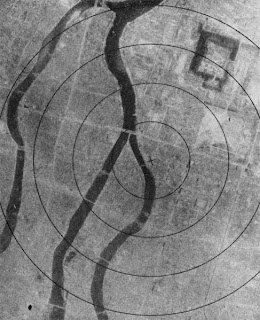Monday, 27 August 2012
Sunday, 26 August 2012
Neil Armstrong
Neil Alden Armstrong passed away
Neil Alden Armstrong was an American astronaut, test pilot, aerospace engineer, university professor and United States Naval Aviator. He was the first human to walk on the Moon.

Children: Eric Armstrong, Mark Armstrong, Karen Armstrong
Spouse: Carol Held Knight (m. 1994), Janet Shearon (m. 1956–1994)
Education: University of Southern California (1970), Purdue University (1947–1955), Blume High School (1947)
Saturday, 18 August 2012
Wednesday, 15 August 2012
Tuesday, 14 August 2012
Sunday, 12 August 2012
Sunday, 5 August 2012
Hiroshima and Nagasaki Days
6 August 1945 and 9 August 1945
During the final stages of World War II in 1945, the United States conducted two atomic bombings against the cities of Hiroshima and Nagasaki in Japan.
American soldiers dropped Little Boy on the city of Hiroshima on 6 August 1945, followed by Fat Man over Nagasaki on 9 August. Within the first two to four months of the bombings, the acute effects
killed 90,000–166,000 people in Hiroshima and 60,000–80,000 in Nagasaki,
with roughly half of the deaths in each city occurring on the first
day.
The Hiroshima prefecture health department estimated that, of the
people who died on the day of the explosion, 60% died from flash or
flame burns, 30% from falling debris and 10% from other causes. During
the following months, large numbers died from the effect of burns, radiation sickness,
and other injuries, compounded by illness.


In a US estimate of the
total immediate and short term cause of death, 15–20% died from
radiation sickness, 20–30% from burns, and 50–60% from other injuries,
compounded by illness. In both cities, most of the dead were civilians,
although Hiroshima had a sizeable garrison.
Subscribe to:
Comments (Atom)


































